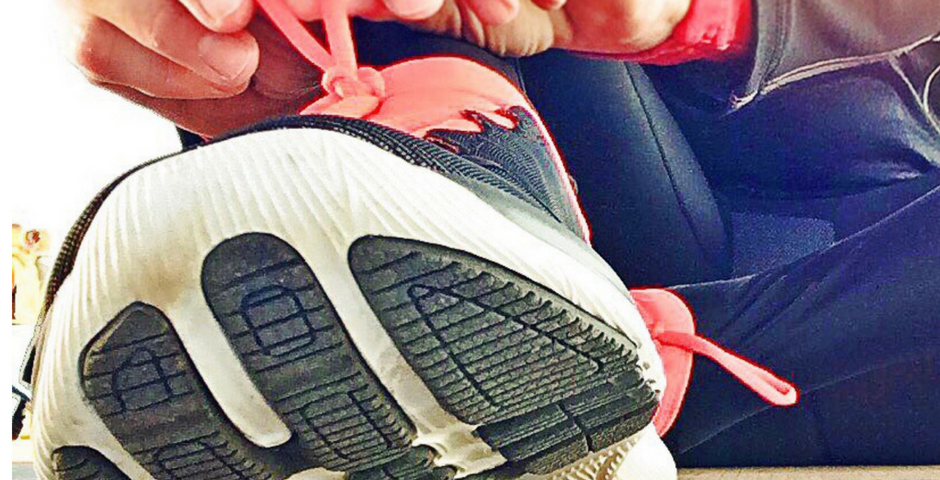
Burn Off Your Beer Garden Tipple
June 5, 2018
Broccoli cheese weight loss muffins
June 18, 2018Being overweight or obese can come with some special considerations for safely engaging in physical activity. You may have concerns that it isn’t safe for you, that you are putting yourself at risk of injury, or have other concerns.
There are a few ways that you can make sure that you can exercise safely at any weight
Pre-exercise screening
Before you commence a new exercise program, you want to visit your doctor to make sure that it is safe for you to do so. Having pre-existing medical conditions such as heart problems, high blood pressure or cholesterol, diabetes, vertigo, difficulties with breathing such as with COPD are just a few examples that increase the risk of physical activity.
You may suffer from these conditions and still be given the all clear for light to moderate intensity exercise, any intensity exercise, or may be given some restrictions with exercise. You may be told it is safest to use a heart rate monitor and keep your heart rate under a certain number of beats per minute.
It may be recommended that you exercise under the supervision of a qualified professional, at least initially. You can use these recommendations to make informed decisions about the types of exercise, intensity, duration, and frequency that you can undertake safely.
Avoiding injury
Carrying extra weight puts extra pressure on your joints, muscles, tendons and ligaments, and bones. Because of this, there are some extra precautions that you might want to take when exercising.
Make sure that if you have any issues with balance and are at risk of falling that you hold onto something like a chair or benchtop while completing standing exercises such as leg lifts, squats etc. If you don’t feel comfortable doing standing exercises, substitute these for sitting exercises, or exercises you can do in bed or on a yoga mat on the floor.
Make sure that you wear comfortable non-restrictive clothing that allows freedom of movement, and supportive shoes that help absorb impact. Warm up before you engage in higher intensity exercise instead of jumping straight in, and give your muscles time to get prepared for more challenging movements.
Stretching before, during, or after exercise can help improve flexibility, may help with recovery, and prevent injury with greater range of movement.
Progress slowly
Start slow, do what feels right for your body, and make gradual small improvements each week or every few weeks. Don’t push yourself too hard too fast in the beginning or you may end up overdoing it. Injury, or the overtraining effect are both real risks, so listen to your body and move at your own pace.
You might find that with the right exercise program and movements tailored to your individual abilities and limitations, that you can do far more than you imagined you could do!





